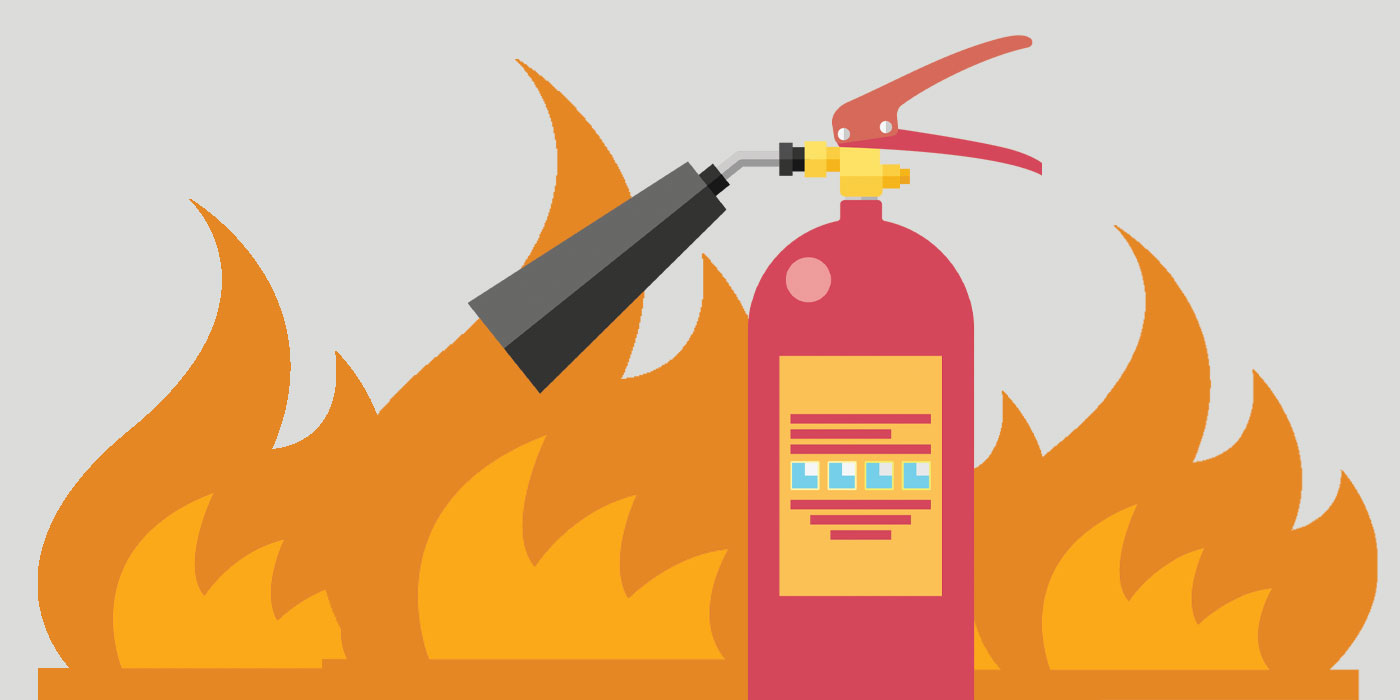For every company in Sydney it is essential to ensure that fire protection is not only an obligation of law, but also crucial to keeping employees, customers, and property protected. Fires can cause massive losses within minutes. But with proper safety measures in place, many of these dangers can be avoided or minimized. The combination of inspections of fires, electrical systems testing and tagging, and compliance with CFSP rules all contribute to creating a safer work environment and ensuring that the business is in compliance with the Building Code of Australia and local council standards.
Why Fire Inspections are the underlying principle of Safety
Fire inspections are the initial protection against possible dangers. They ensure that every element of a building’s fire protection system is functioning and current. In Sydney, businesses must conduct inspections every six months, or every year, depending on building type and local regulations. Inspections typically cover everything from fire alarm panels and sprinkler systems to smoke alarms, hydrants, extinguishers, as well as emergency lighting.

What makes inspections so crucial is their ability to spot unnoticed issues before they become risky. In a crisis, a small flaw in a smoke detector or the fire hydrant’s malfunction could appear to be insignificant. Business owners who regularly inspect their fire hydrants are meeting their legal requirements and protecting themselves against unforeseen tragedies.
Testing and Tagging For Electrical Safety: Addressing Hidden Security
Electrical systems are one of the leading causes of workplace fires, which is why testing and tagging should always be part of a fire safety plan. This procedure involves checking the electrical equipment to make sure it is safe, functional and compliant. This is followed by attaching a visible tag that indicates the item has passed inspection. For many companies this is more than just a regular requirement it is a safeguard against the risk of risks that can go by unnoticed.
If unchecked outdated wiring, faulty appliances, or deteriorated cables could become a fire risk. Businesses can minimize the chance of fires by regularly testing and marking electrical equipment. Also, it assures employees that their work environment is safe, building confidence and trust in the workplace. The combination of testing, tagging, and fire inspections makes a comprehensive safety plan that minimizes risks on multiple areas.
The role of CFSP in Compliance and Certification
Only a Competent Fire Safety Professional (CFSP) who is based in New South Wales, can certify and sign important documents pertaining to fire safety such as Annual Fire Safety Statements. The introduction of CFSP accreditation has raised the standard of fire safety by ensuring only certified professionals evaluate and confirm the safety measures. Working with a CFSP ensures that inspection reports are not just paper work, but reliable evaluations by experts.
The job of a CFSP goes far beyond simply checking off boxes. These experts provide thorough reports that verify compliance to regulations. Without CFSP certification, businesses could face fines, legal complications, or even shut downs if fire protection measures are deemed inadequate. A partnership with certified professionals guarantees that fire safety systems are maintained correctly and that compliance obligations are met without unnecessary stress.
Fire Safety as an ongoing Commitment
Fire safety is a continuous obligation for all business owners. Regular inspections, ongoing testing of electrical systems, and a proper certification process through CFSP oversight create a cycle of safety that does not stop. Beyond legal compliance, this ongoing approach fosters an environment of safety in the workplace. Employees are more comfortable knowing that evacuation procedures, smoke alarms, emergency lighting and a fire suppression are all in place.
Implementing fire safety as continuous procedure rather than checking it off every year not only lowers the risk but also enhances the image of a company. If safety is considered a top priority, clients and customers feel safer. In the long run, investing in preemptively to prevent fires saves cost by preventing costly damage, fines and legal battles.
Conclusion
Sydney fire safety needs a multi-layered approach that includes fire inspections and testing, tagging and certification by an CFSP. Each element plays a vital role in ensuring businesses are in compliance with the law and, more crucially, in ensuring properties and individuals are secured. Safety is a constant part of daily business activities, not an afterthought. Companies can fulfill their legal requirements and create an even more secure and resilient environment for the future when security is an integral part of everyday operations.